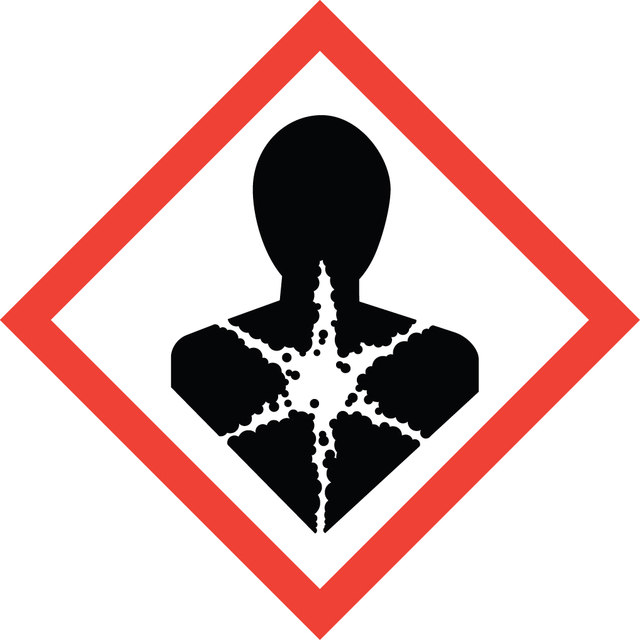Select a Size
About This Item
biological source
synthetic
Quality Level
description
non-ionic
Assay
≥99% (TLC)
form
powder
technique(s)
thin layer chromatography (TLC): suitable
impurities
≤0.1% Dioxane
color
white to off-white
useful pH range
5-7 (50 g/L)
mp
105 °C ((221 °F))
solubility
water: 0.05 g/L, clear
application(s)
cell analysis
life science and biopharma
storage temp.
2-8°C
SMILES string
CC(C)S[C@@H]1OC(CO)[C@H](O)C(O)[C@H]1O
InChI
1S/C9H18O5S/c1-4(2)15-9-8(13)7(12)6(11)5(3-10)14-9/h4-13H,3H2,1-2H3/t5-,6+,7+,8-,9+/m1/s1
InChI key
BPHPUYQFMNQIOC-NXRLNHOXSA-N
Looking for similar products? Visit Product Comparison Guide
General description
Application
- in the induction of protein expression in Lactobacillus reuteri GroEL and mutants
- in the induction of protein expression in Escherichia coli
Biochem/physiol Actions
Preparation Note
Other Notes
Signal Word
Danger
Hazard Statements
Precautionary Statements
Hazard Classifications
Carc. 1B
Storage Class Code
6.1C - Combustible acute toxic Cat.3 / toxic compounds or compounds which causing chronic effects
WGK
WGK 3
Flash Point(F)
Not applicable
Flash Point(C)
Not applicable
Personal Protective Equipment
Choose from one of the most recent versions:
Already Own This Product?
Find documentation for the products that you have recently purchased in the Document Library.
Articles
General protocols for growth of competent cells and their transformation (uptake of DNA).
感受态细胞生长及其转化(吸收DNA)的通用实验方案。
Protocols
General protocols for growth of competent cells in microbial medium.
在从小型培养到发酵级的不同规模下培养大肠杆菌。包括了用于启动起始培养物、悬浮细胞、单一培养物和平板噬菌体M13的实验方案。
Our team of scientists has experience in all areas of research including Life Science, Material Science, Chemical Synthesis, Chromatography, Analytical and many others.
Contact Technical Service